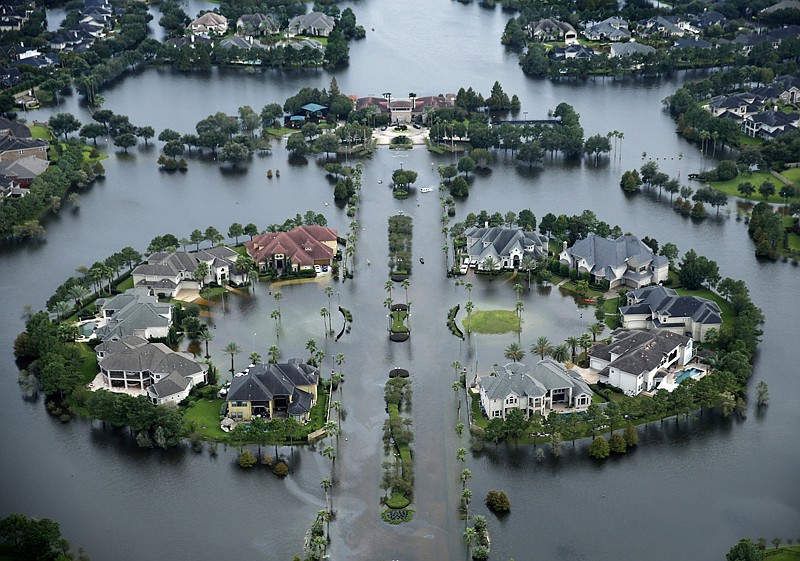HOUSTON-From residents to first responders, thousands of Houstonians lost their homes and struggled to find shelter and resources after Hurricane Harvey made landfall in late August and triggered catastrophic flooding. The University of Houston's Center for Public History plans to document their stories.
The Houston Chronicle reports that in one of the center's largest oral history projects to date, "Resilient Houston: Documenting Hurricane Harvey," faculty, staff and students will conduct an estimated 300 interviews over the next three years to chronicle the human impact of the hurricane and record-breaking flood event.
Todd Romero, co-director of the project, said it will ultimately serve as an archive for future scholars and writers studying Houston.
He said the project will provide scientists and engineers with an understanding of the human and community dimension when they consider ways to address issues that arise with severe weather events, like Harvey.
"We're giving them the human experience of the storm so that when they're making decisions about flood abatement, they're considering how those decisions impact individual communities," Romero said.
By looking at the storm from five angles-neighborhood narratives, feeding a flooded city, emergency medical services and first responders, the impact on Houston's energy industry, and flood abatement and control-Romero said the project aims to show the effect of the storm on specific communities. Such impacts aren't always taken into consideration during policy-making decisions.
The angles selected coincide with faculty expertise, Romero said, so finding and conducting interviews depends largely on utilizing each person's connections in the community.
When students in his "Houston Eats!" history course returned to the university after the storm, Romero proposed Harvey's impact on Houston food as a focus topic.
Brian Kling had only just become familiar with the field of public history when Harvey made landfall, but he and classmate Miguel Ramirez went on to produce a film and website about communities that came together to provide food for first responders during the storm.
"So, as soon as I found out that public history was something you could do and learn and talk about, we found ourselves in the middle of an event that we should record and talk about," Kling said.
He reached out to friends from his hometown of Baton Rouge whom he knew had been volunteering, and ultimately worked with Romero to interview three people in Baton Rouge who had assisted in providing food for Houston's first responders.
"You'll see when you look at this film that the three interviewees talk at different points about how Houstonians have reached out to Louisianans at times of need," Romero said. "When they saw what was going on in Houston, they hopped on the highway, gathered a bunch of food, gathered their equipment and made their way to Pasadena and helped feed first responders during the storm."
Another group is focusing on how flood-abatement efforts stand to affect Meyerland's Jewish population as part of the "neighborhood narratives" aspect of the project.
"Meyerland's really been a center of Jewish life since the middle of the 20th century, and there's been so much institution building there that the threat of repeated hurricane and flood events is really pitch for that community," Romero said.
The project now consists of nearly 20 people, a number that Romero expects to grow.
While students already involved in the project are mostly undergraduate history majors, Romero said the endeavor will likely play a part in coming graduate classes on oral and public history, in keeping up with the practice of using Houston as a laboratory for such research.
While the project isn't expected to reach completion for another three years, Romero said the Center for Public History plans to maintain a website featuring curated materials, including photos, audio and video interviews.
All interviews and supporting materials will be archived at UH's MD Anderson Memorial Library.
"History doesn't just live in textbooks or classrooms," said Monica Perales, director of the Center for Public History, in a news release. "It lives all around us."

